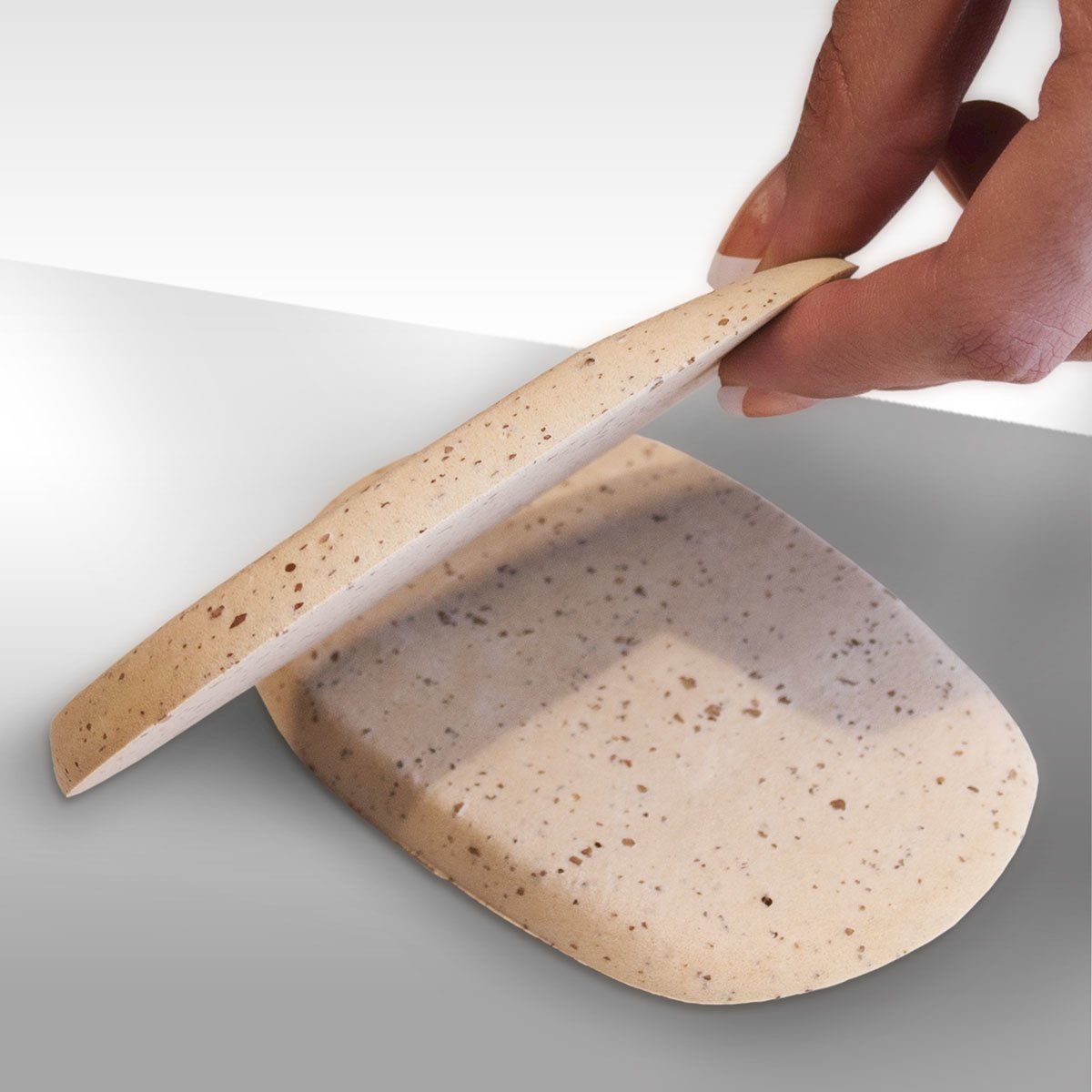How does a heel lift change the function of the foot and ankle? This article explores the effect of a heel lift on foot and ankle function.
Five foot and ankle conditions that are treated with a heel lift
How a heel lift works to change the function of the foot
The leg, ankle, and foot function as a lever. Granted, it's a complicated lever that is comprised of bone, muscle, tendon, and ligaments and is constantly changing with each phase of gait. The primary function of this unique lever is to deliver force from the muscles of the leg distally to the forefoot. Walking and running are quite different from a biomechanical standpoint. The differences between walking and running include:
Walking
- Considered a controlled forward fall with the center of mass slightly forward of center
- Forward motion is slowed and controlled by the soleus muscle as it decelerates the motion of the tibia over the foot
Running
- A forward fall with the center of mass far ahead of the foot
- The triceps surae (gastrocnemius and soleus muscles) act as a spring and accelerator.
How does a heel lift affect walking and running?
Walking is significantly affected by a heel lift. Running, on the other hand, is much less affected by a heel lift and only in cases where the running is a heel strike runner. The use of a heel lift weakens the lever action of the leg, ankle, and foot. The five foot and ankle conditions that can be treated with a heel lift include (from proximal to distal);
- Chronic Achilles tendinitis - a heel lift will weaken the pull of the Achilles tendon enabling healing.
- Sever's Disease - Sever's disease is referred to as a form of traction apophysitis. Traction, or pulling on the growth plate by both the Achilles tendon and plantar fascia, irritates the growth plate within the calcaneus (heel bone)
- Plantar fasciitis - plantar fasciitis is an overuse injury due to traction or pulling of the plantar fasciitis against the heel bone.
- Posterior tibial tendon dysfunction (PTTD) - posterior tibial tendon dysfunction describes chronic loading with partial to complete failure of the posterior tibial tendon.
- Anterior ankle impingement - anterior impingement of the ankle, whether by bone or soft tissue, can be influenced by the use of a heel lift.
Heel lifts are often a part of a more comprehensive treatment plan for these five conditions. Be sure to read each of our knowledge base articles for more detailed information on these conditions.
Jeff
Medical Advisor
Myfootshop.com
Updated 3/18/2021















